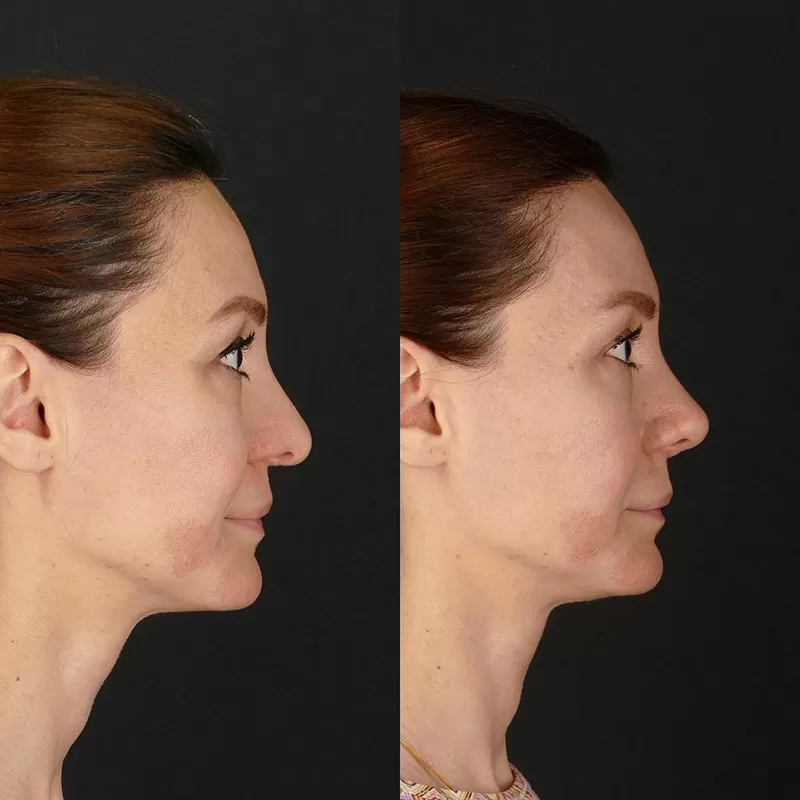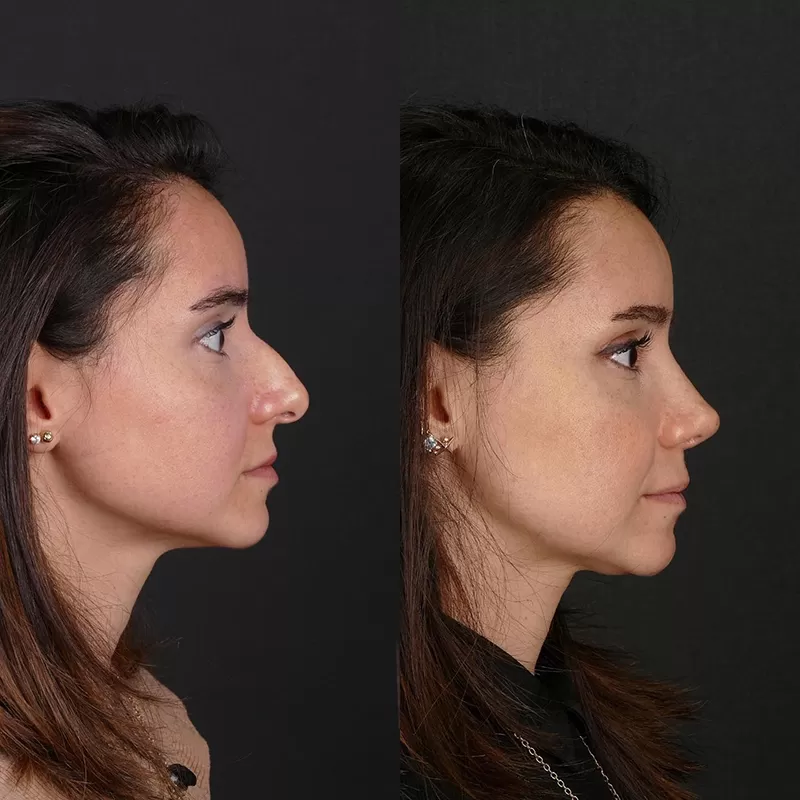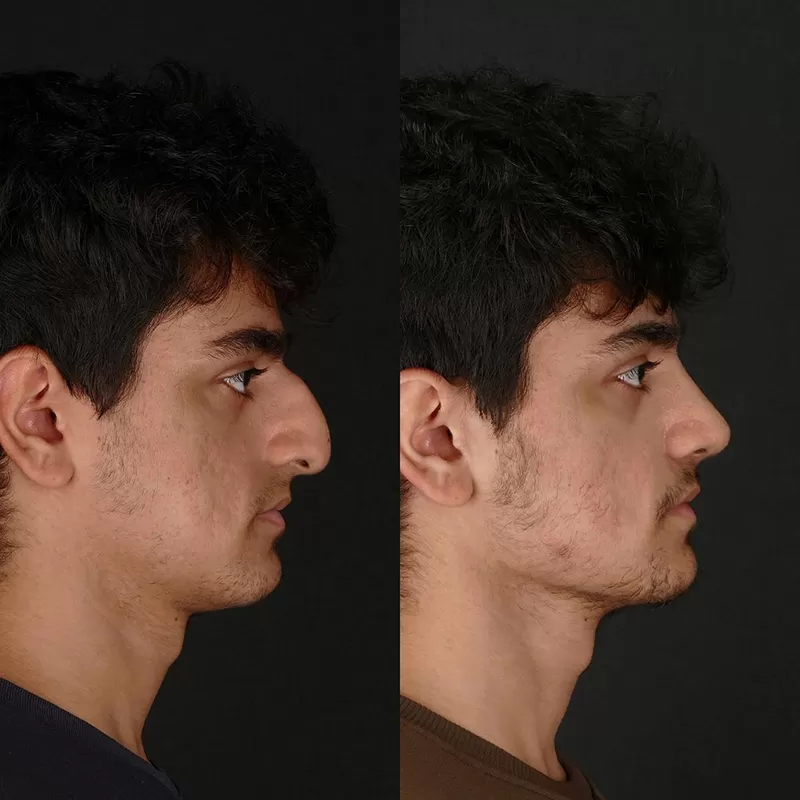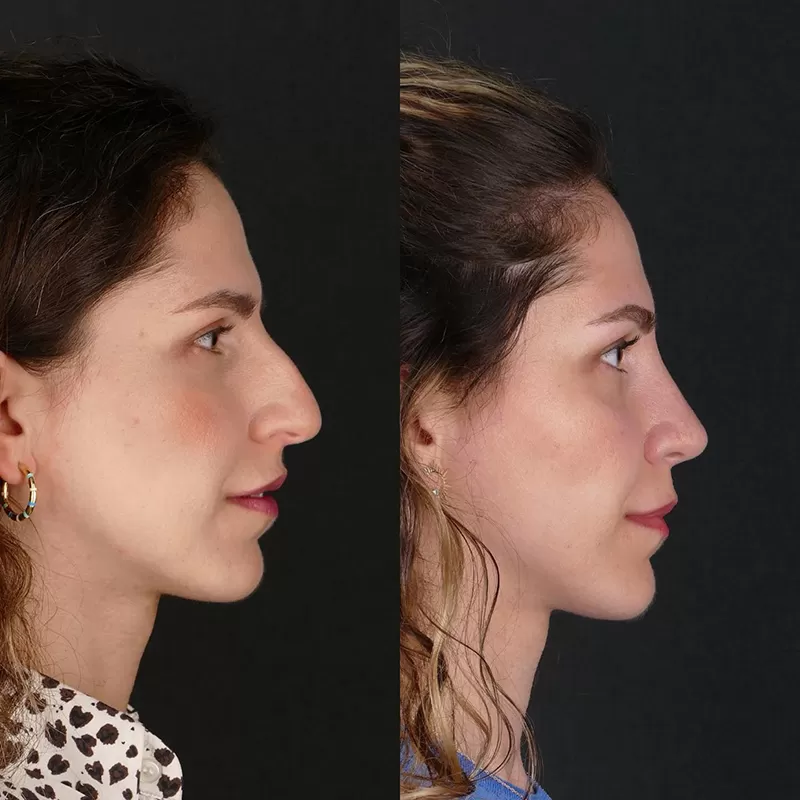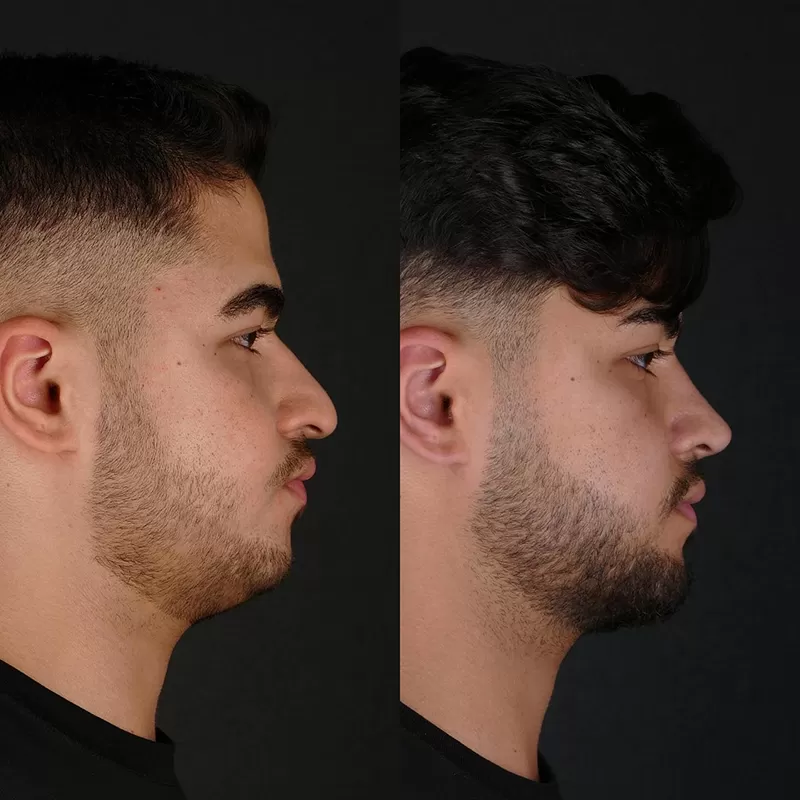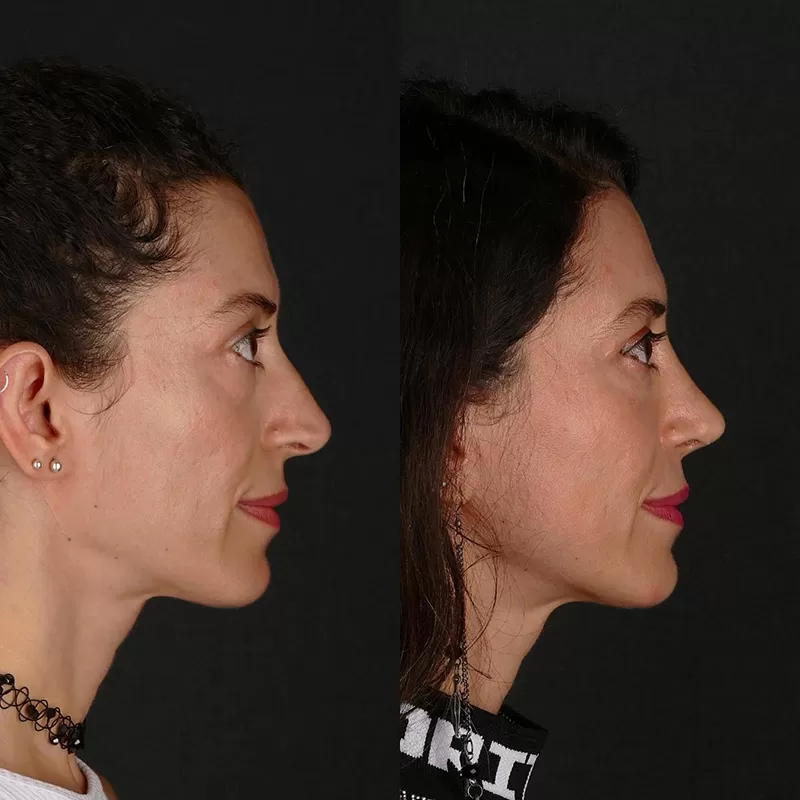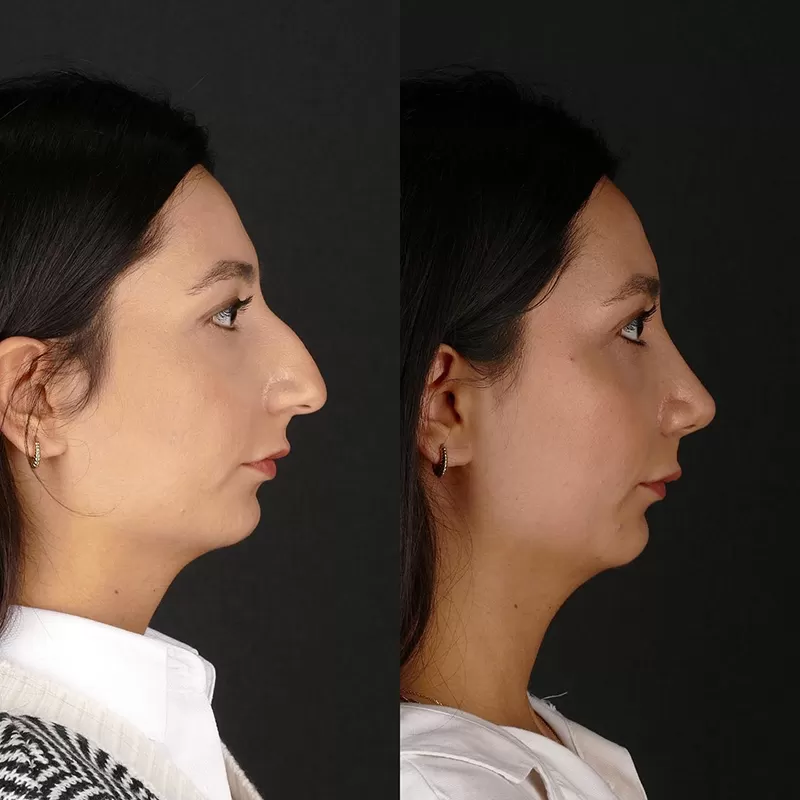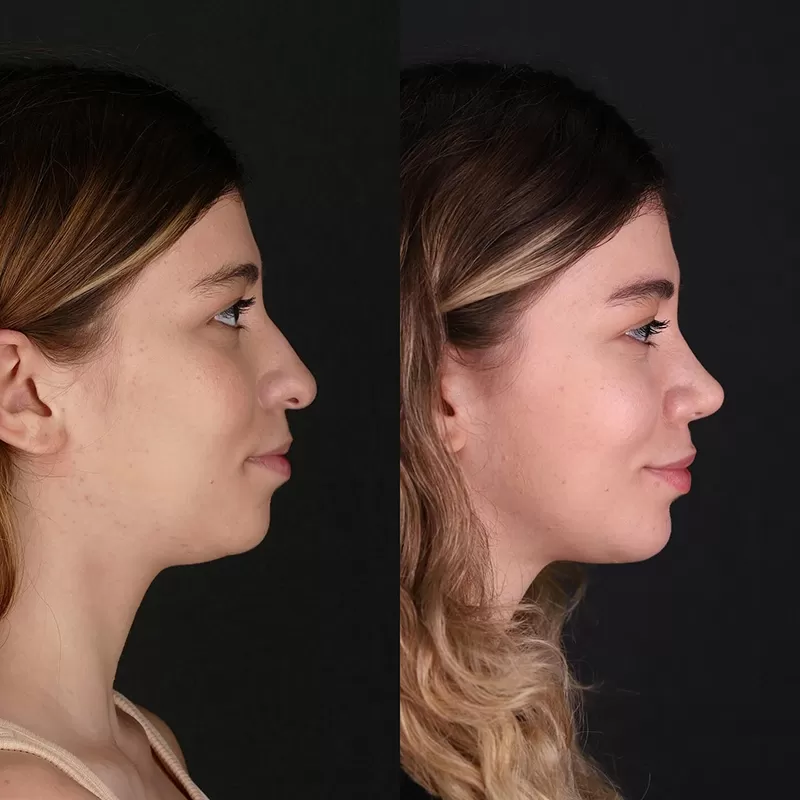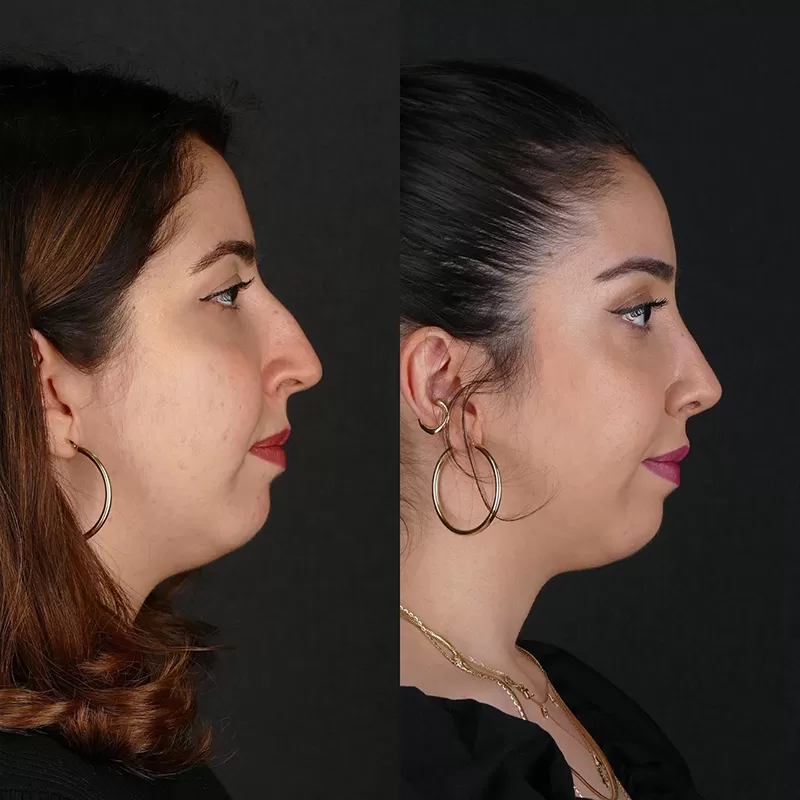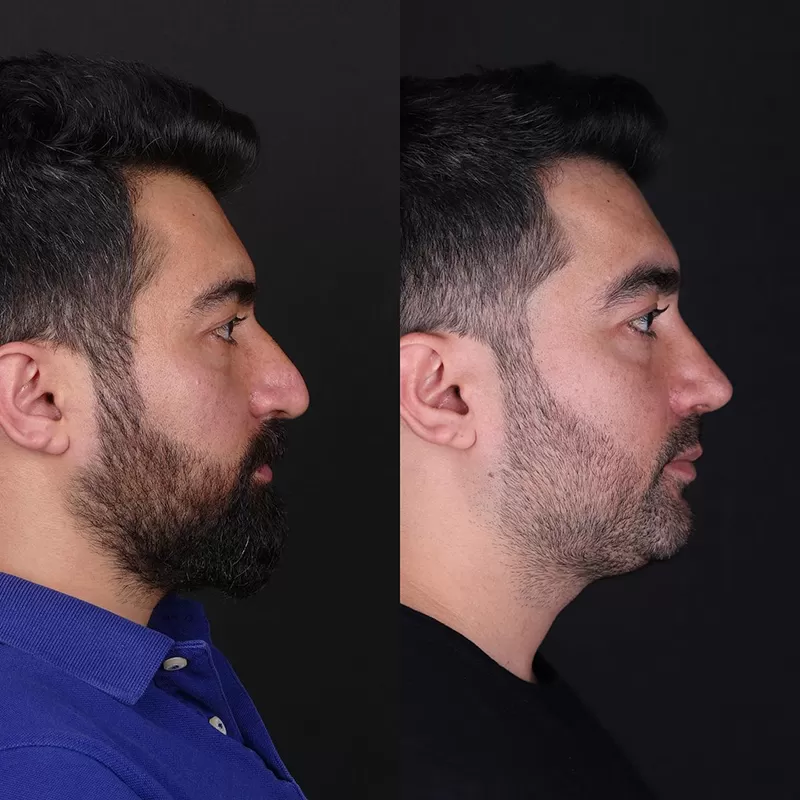Concha Bullosa Surgery
İçindekiler
ToggleWhat is Concha Bullosa Surgery?
The middle part of the nose, consisting of cartilage and bone, which divides the nasal cavity into two parts, right and left, is called the septum.
The nasal flesh, or turbinates (concha/turbinate), are structures consisting of bone and soft tissue that extend from the outer wall of the nose to the septum in the middle center line in a half C shape inside the nose. There are usually 3, sometimes 4 in each of the right and left compartments. They are called lower, middle and upper turbinates. In parallel with the structure of the nose, the turbinate at the bottom is the largest, and the one at the top is the smallest. Concha is not adenoid as commonly known, but a structure with a different structure, location and function.

Conchae are vital for many functions performed by the nose. The task of the turbinates is to slow down the speed of the air inhaled through the nose, to heat the air to about 25 0C and make it ready for entry into the lung, to moisten it, to clean it from foreign substances and particles and to produce some enzymes. The function of the middle turbinate, in particular, is to prevent air taken in through the nose from entering the sinuses directly. During the breathing process, the turbinates grow and shrink from time to time depending on blood circulation in order to fulfill their functions and protect the lungs. In this way, the airways cease to be stable and take on a controllable dynamic structure that adapts to external factors.
In order for the nasal hairs (cilia) that protect the lungs from dirt, dust, viruses, bacteria and toxins and filter the air to remain moist and not dry out, these growths and shrinkages are not done simultaneously and synchronously by both nasal cavities, but sequentially and in shifts. This shift work, which varies between 30 minutes and 6 hours, is called the nasal cycle. Since the total amount of air inhaled does not change, people do not notice this difference. During the nasal cycle, one nasal cavity, the air channel, begins to rest the nasal hairs by passing very little air due to the swelling of the turbinate, while the other provides normal air flow.
TREATMENT PROCESS
Concha Bullosa Surgery
1 Session
10 Days
Lifetime
10 minutes
10 days later
General Anaesthesia
20 Days
What is Concha Bullosa (Concha Bullosa with Air Sac)?
Concha bullosa is the formation of air spaces, air sacs (pneumatization) in the bony tissue of the concha. It is the most common anatomical disorder seen in the side walls of the nose. Although concha bullosa is rarely seen in the upper and lower conchas, it is frequently seen in the middle concha. It can occur on one side of the nose or simultaneously in the conchas in both cavities.
Concha bullosa, which generally follows a silent course without showing any symptoms, causes the middle turbinate to enlarge, leading to obstruction of the middle nasal passage and air ducts to the sinuses, and as a result; chronic sinus inflammation, pressure and pain around the sinuses and eyes, chronic headache, rarely ear and jaw pain. The best diagnostic method is computerised tomography.
Concha bullosa can be classified in three different ways as Lamellar Concha Bullosa, Bullous Concha Bullosa and Extensive Concha Bullosa:
Lamellar Concha Bullosa: Concha bullosa in which air sacs are seen in the vertical lamella (thin layer) of the middle concha.
Bulbous Concha Bullosa: Concha bullosa is where the air sacs are seen in the lower part of the middle concha called the bulbous section.
Bulbous Concha Bullosa: Concha bullosa is where the air sacs are seen in the lower part of the middle concha called the bulbous section.

How is Concha Bullosa Surgery Performed?
Concha bullosa surgery is usually performed using one of the following methods: crushing, turbinoplasty (concha shaping) or concha resection/reduction (concha removal/reduction).
The method of Concha Bullosa (concha bullosa) surgery, which is performed by entering the nose with a camera and cutting and removing the half of the nasal flesh swollen like a balloon facing the mouth of the sinuses, is called Endoscopic Concha Resection / Reduction.
Endoscopic turbinate resection / reduction is used in cases where the bone structure is effective in turbinate growth and the desired result cannot be obtained with radio frequency application. Endoscopic turbinate resection / reduction is an effective method for the treatment of turbinate bullosa. It provides easy access to the osteomeatal complex, which is the entrance to the sinuses, without causing excessive bleeding or trauma.

